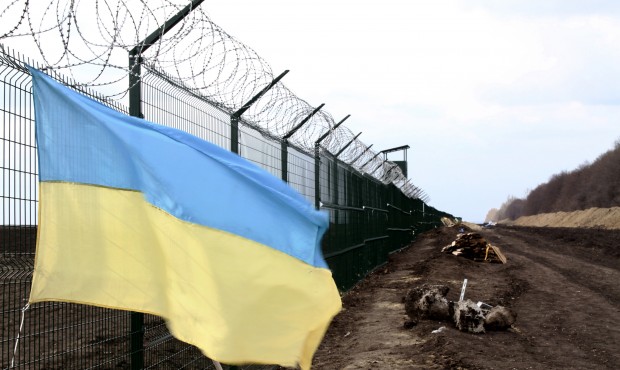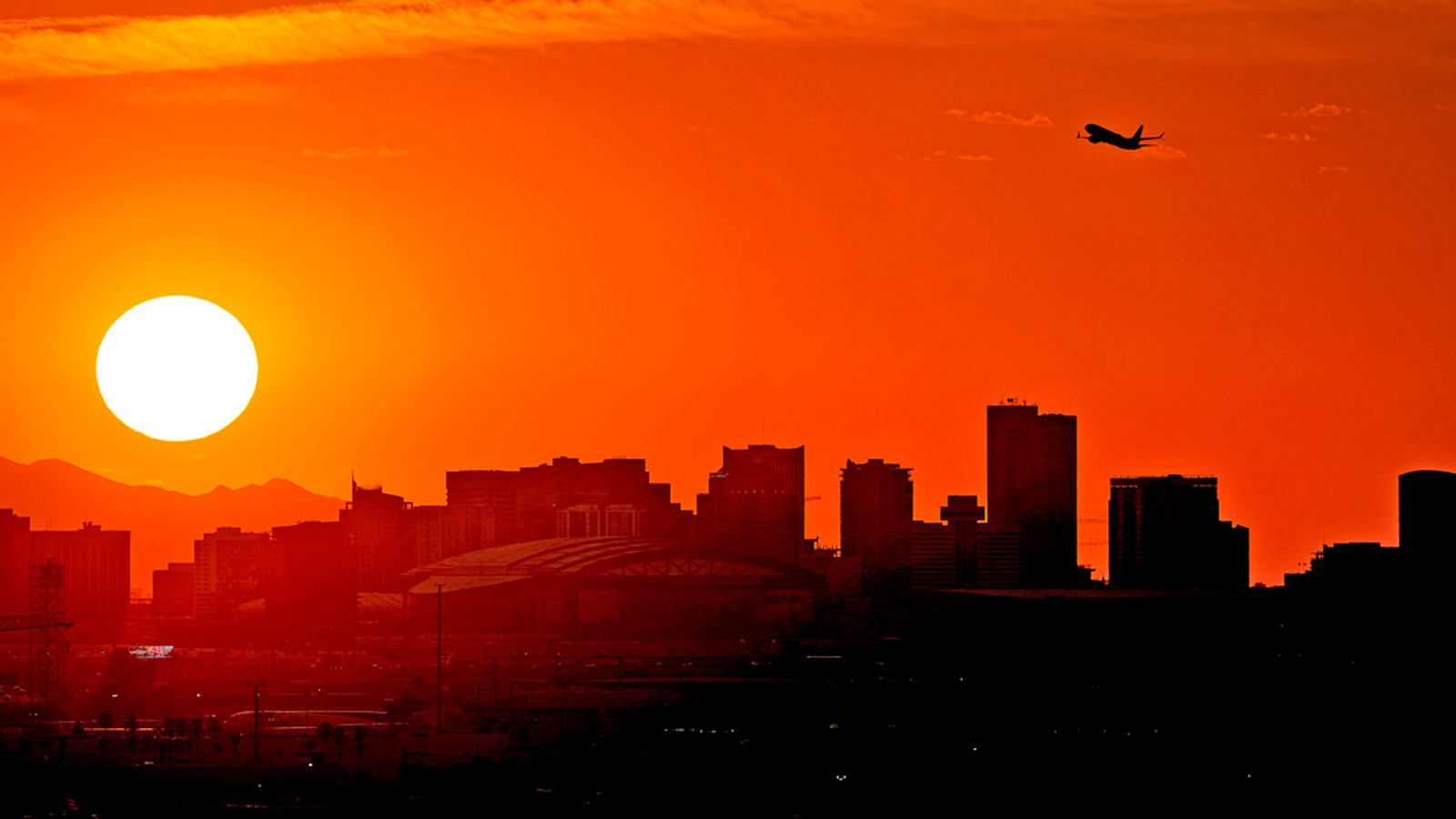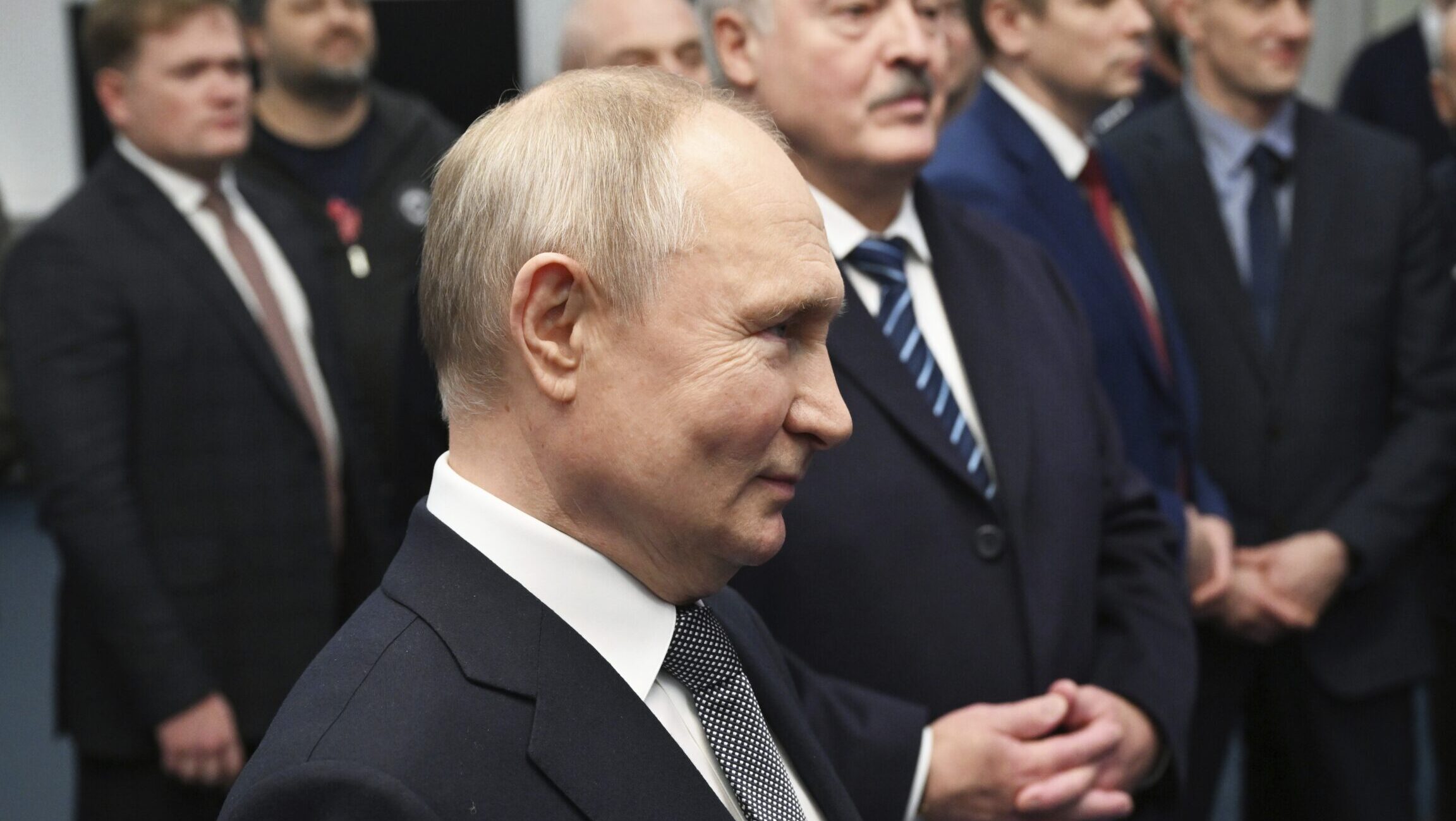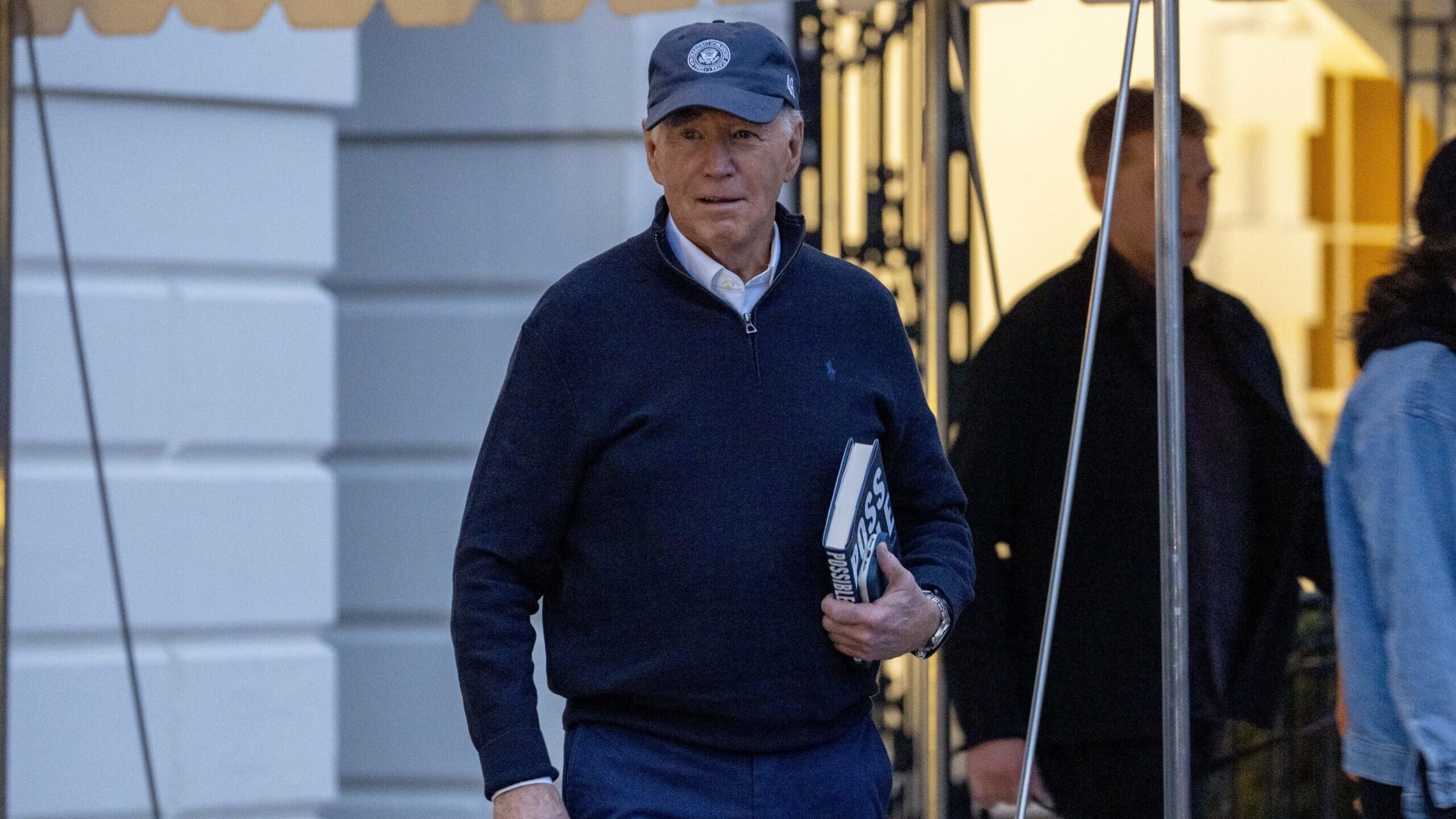As Ukraine erects defenses, critics fear expensive failure
May 6, 2015, 12:42 AM

In this photo taken on Saturday, April 18, 2015, a Ukrainian national flag is attached to the fence on the Ukrainian-Russian border near Hoptivka, Kharkiv region, eastern Ukraine. The flimsy, razor wire-topped fences popping up along bare expanses of Ukraine's eastern frontier are the first line of defense against a much-feared Russian invasion. (AP Photo/Inna Varenytsia)
(AP Photo/Inna Varenytsia)
HOPTIVKA, Ukraine (AP) — The flimsy, razor wire-topped fences popping up along bare expanses of Ukraine’s eastern frontier are the first line of defense against a much-feared Russian invasion. Trenches fortified by timber have been hollowed out for soldiers to take up positions. And bulky, metallic obstacles looped together with more barbed wire are laid across the fields to halt advancing tanks and infantry.
A little more than a year and-a-half ago, the very idea of creating such fortifications — reminiscent of World War I trench warfare — would have struck many as perverse. But the project was announced with fanfare in summer as fighting against Moscow-backed separatists reached peak intensity. In December, Prime Minister Arseniy Yatsenyuk said that the program, dubbed “Project Wall,” would cost almost $520 million and take four years to complete.
Now doubts are creeping in.
With much of eastern Ukraine in the hands of Russian-backed separatists, large swaths of the border remain impossible to secure — meaning enemy troops can just sneak in through areas under rebel control. And cash-strapped authorities have already had to revise budgets downward, so there’s little money for building defenses.
The project is for now centered on the Kharkiv region, which lies north of the conflict zone and shares a 315-kilometer border with Russia. To insulate that region from any separatist offensive, another layer of protection is being built on the frontier with areas under rebel control.
Views are mixed among residents in the city of Kharkiv, the regional capital, about the wisdom of building defenses.
Some in the economic powerhouse of 1.4 million people embrace the idea, and look with distress to the fate that befell the neighboring, mainly Russian-speaking Donetsk and Luhansk regions. More than 6,000 people have died to date as a result of fighting between government and rebel forces.
“We need to protect ourselves somehow,” said Sergei Kotlyar, 46. “But, of course, this won’t give us 100 percent guarantees, even if it holds back the enemy for a little time.”
Others believe investing in fences and trenches is a waste of money, noting that anti-tank defenses will be of limited use against the rocket launchers widely deployed over the course of the war.
“Who is it going to stop?” said 22-year old Kharkiv resident Anatasia Duda. “A country like Russia definitely has the means to deal with slabs of metal. And what’s the use of that wall when the border with Donetsk isn’t even under control?”
In earlier times, lines separating the republics of the Soviet Union were viewed as little more than a formality, so families and communities straddled inconspicuously across borders. On paper, that changed with the collapse of the Soviet Union in 1991.
But scant security along the 2,300-kilometer (1,400-mile) demarcation between Russia and Ukraine has for two decades ensured a smuggler’s dream. Farmers and their livestock blithely crisscrossed in areas where it has never quite been entirely clear which country one was in.
Separatist fighters in the Donetsk and Luhansk regions have exploited the porous borders, moving about with ease. Ukraine accuses Russia of pouring its own army’s equipment and manpower across the border to assist rebel offensives. Moscow dismisses all satellite imagery and anecdotal evidence underpinning those claims.
Ukrainian border guards fought bitterly to keep the frontier sealed against overwhelming odds.
“We know from the experience of fighting in the Donetsk and Luhansk regions that fire comes from the neighboring state (of Russia) without them having to cross the border,” said Oleksandr Kruk, head of the Kharkiv regional division of the border service.
On top of creating physical barriers, Ukraine is also fortifying obstacles of red tape to deter the numerous Russian citizens known to have voluntarily joined forces with local separatists.
Rules for crossing official frontier points have been stiffened. In Hoptivka, people stand impatiently in crowded and slow-moving lines to get into Russia for work or to visit relatives.
Russian citizens can only enter Ukraine on their international travel passports, whereas they could formerly sail through with their national ID cards. Closer checks by border guards have also slowed things down.
Fifty kilometers (30 miles) of fences have already gone up, but not without complications. The exact coordinates for the location of the fence are hard to fix since the process of demarcating borders after the collapse of the Soviet Union was never properly completed.
Rather than wait around for a laboriously negotiated agreement, Ukraine’s security leadership last June unilaterally marked out what it sees as the country’s eastern limits.
Although it is illegal to own property within 50 meters (yards) of the border, people near the new fences have been granted control over the land all the same, said Kharkiv regional government Igor Raynin.
“We are not prepared to tell people that this was not done properly and to confiscate land through the courts,” Raynin said.
The fortifications under construction go further back than the immediate line with Russia itself. Trenches, shelters and parking areas for armored vehicles have been built along highways running southward from Russia past Kharkiv, a hive of Soviet-built industry.
With the government forced to cut costs across the board as the economy struggles under the weight of war, the budget for the project has been reduced twofold.
But Raynin insists the project is still sound.
“This has been done in such a way that the quality of the wall will not suffer adversely,” he said.
___
Peter Leonard contributed from Kiev, Ukraine.
Copyright © The Associated Press. All rights reserved. This material may not be published, broadcast, rewritten or redistributed.









